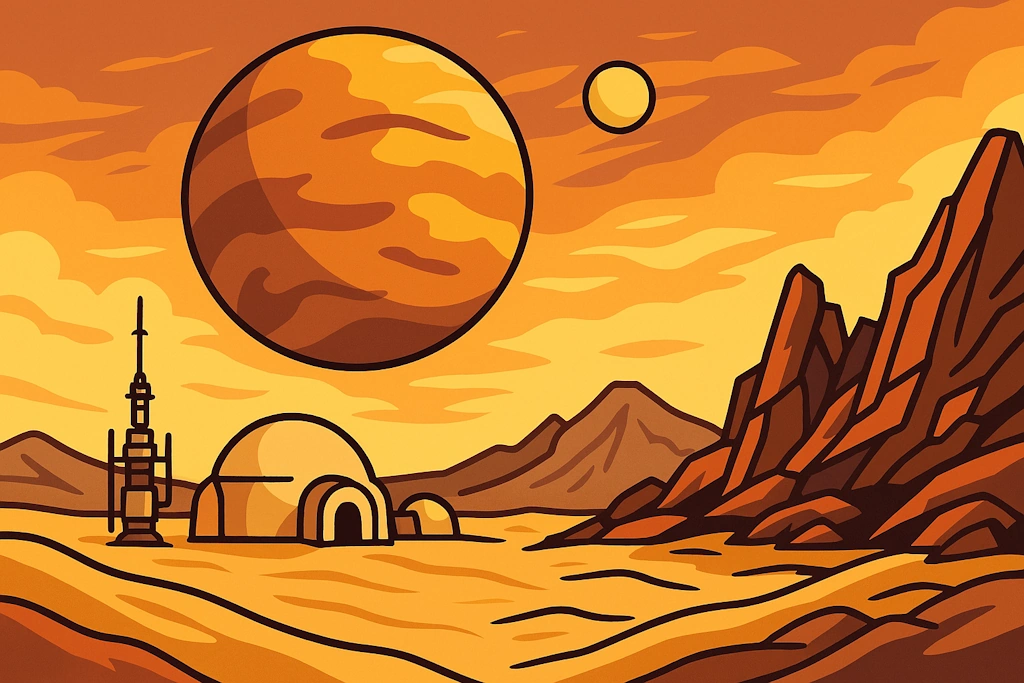🌌Star Wars Planet Names(Known)
Generate epic Star Wars planet names perfect for galactic adventures, Jedi missions, and space opera campaigns.
Choose your style:

Star Wars Planet Names
Generate epic Star Wars planet names perfect for galactic adventures, Jedi missions, and space opera campaigns.
Example Star Wars Planet Names
Get inspired by these sample results
- Maridun
- Polis Massa
- Naboo
- Lira San
- Akiva
- Ahch-To
- Crait
- Bakura
- Myrkr
- Fondor

